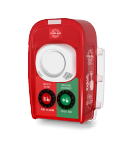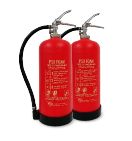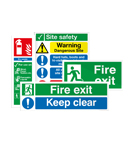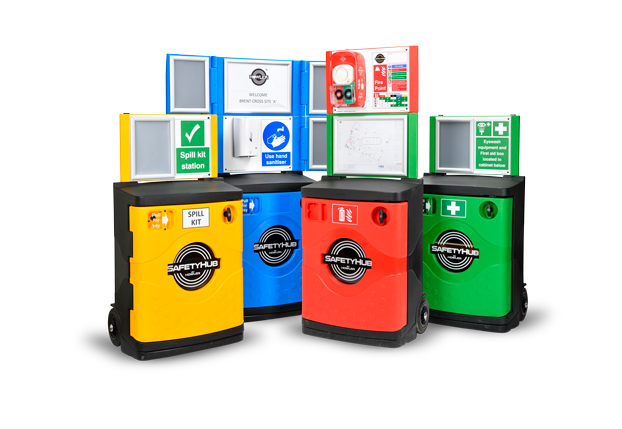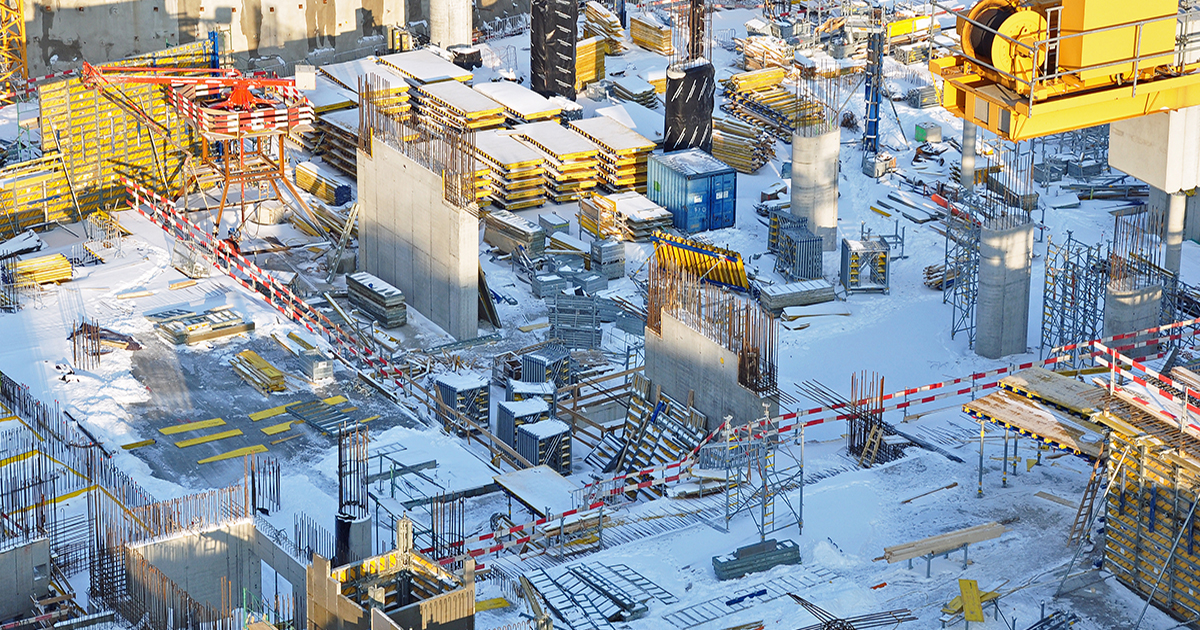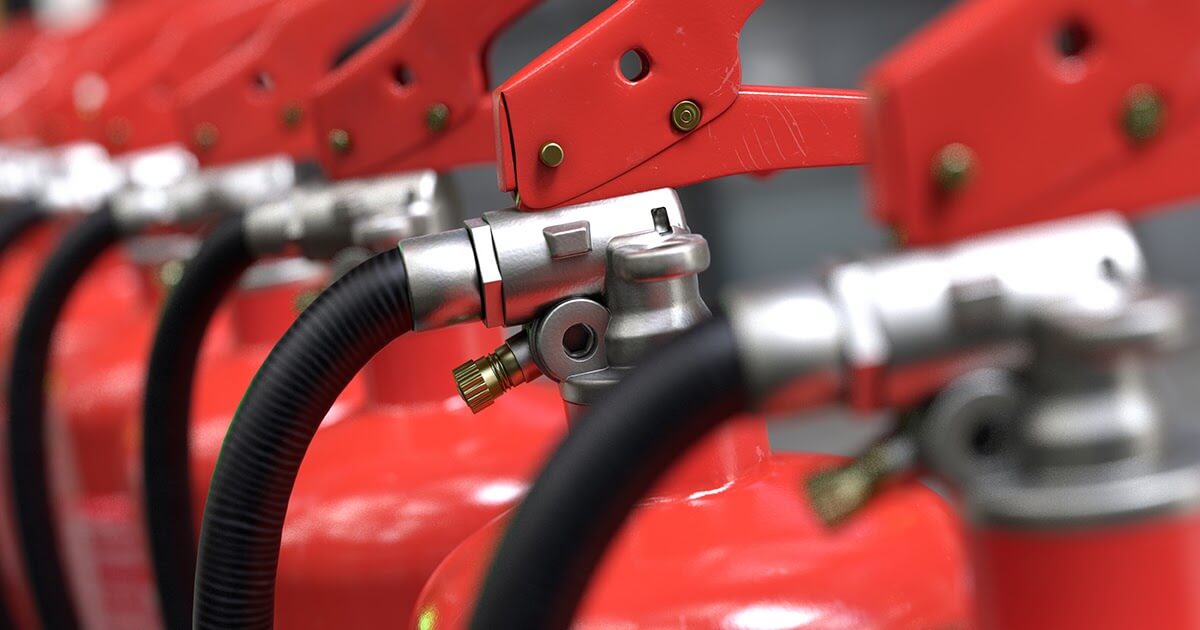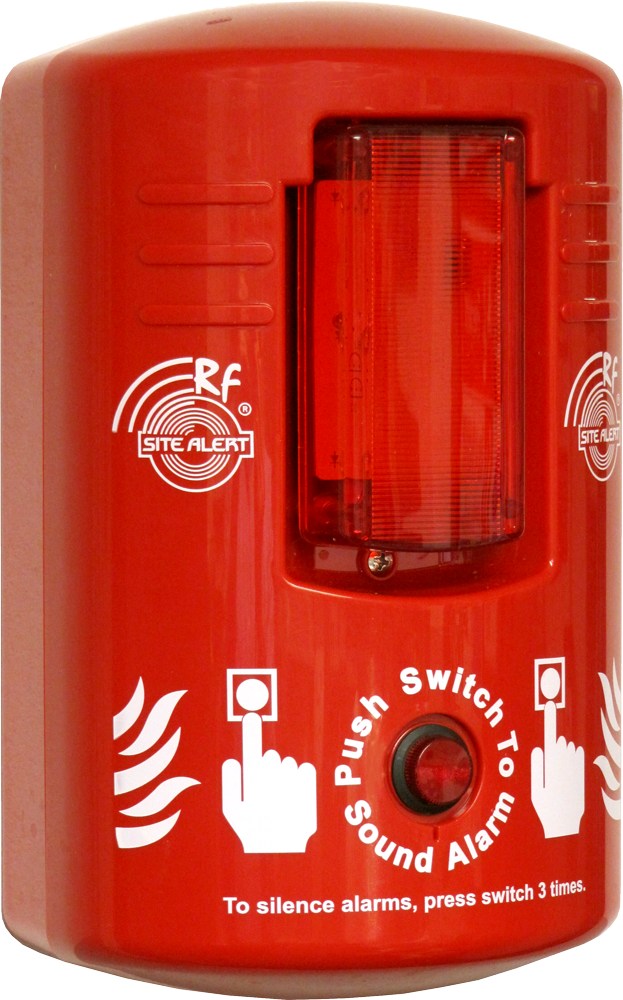Construction is a high-risk industry but as the winter season rolls in with adverse weather conditions and a whole new set of hazards, new challenges and risks develop.
During winter, a construction site will require season-specific countermeasures and risk assessments to ensure that the site remains safe and productive.
Here are some key considerations for construction site safety you should be aware of during the winter season.
Beware of the heat
There are around 11 construction fires every day. These fires pose a great risk to the lives of workers but are also devastating financially and to infrastructure.
There are a lot of flammable materials and equipment on construction sites and during winter, the risk increases with the introduction of heating equipment that might save your cold fingers but could lead to a wide-spread fire.
A heat lamp or room heaters such as those used in welfare areas or site accommodation is a potential source of ignition. These areas are typically small and construction site workers aren’t notoriously clean and tidy. The temptation to warm clothes up on heaters also becomes very attractive in winter.
Make sure that heaters are never covered or restricted. They should not be left unsupervised and should be given sufficient space away from combustible goods. They should also not be placed in through routes or areas where they can pose a risk to employees that may trip, as this can also result in a fire risk and a risk to health.
Suitable fire protection and equipment should always be available on construction sites. With the correct fire extinguishers and fire safety training, small fires can be de-escalated safely. In the case of sufficient warning for large construction sites, wide-spread fire alarm systems that are linked are the best solution for early warning.
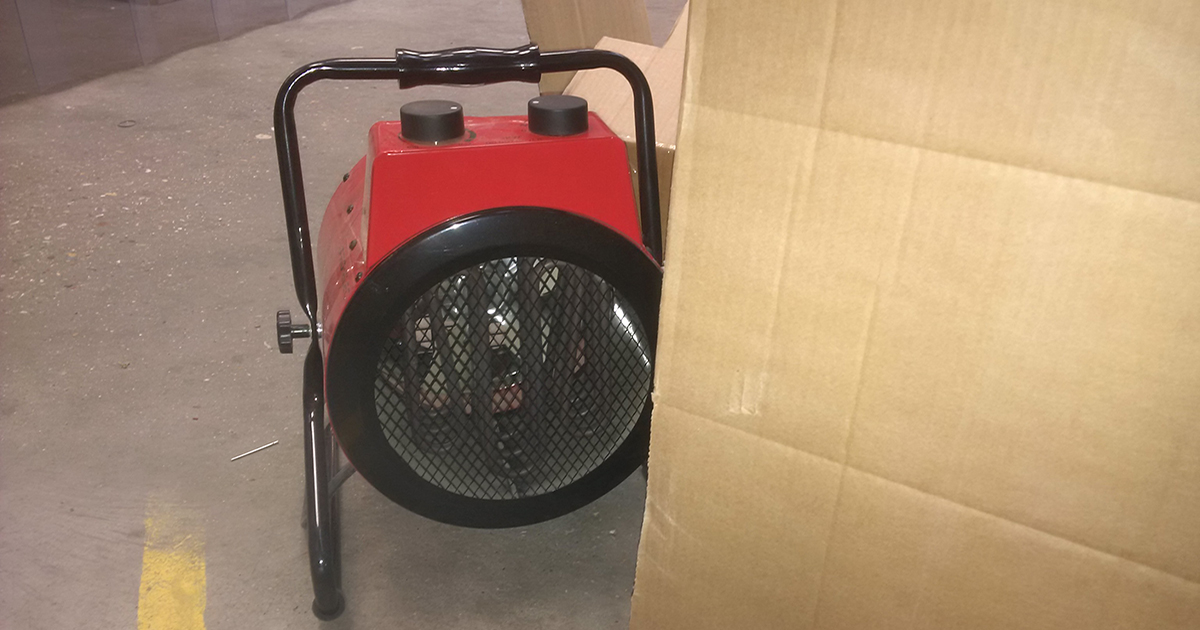
Keeping warm with the right clothing
No one likes to have cold hands and toes. Not only are they a discomfort but they can directly impact the safety of employees on site. Rapid heat loss or the reduction of body temperature over time can lead to serious illness and downtime.
If clothing becomes wet, it’s important to change into dry clothes to avoid losing body heat. Extremities are also at high risk from the cold temperatures that settle over the early months of the year.
For hands, gloves and mittens that provide workers with good manual dexterity to work with tools and materials should be selected. Workers should keep their gloves on at all times, especially when using ladders, scaffolding or getting onto construction equipment. Frostbite can occur immediately if workers touch extremely cold metal with bare hands.
It is recommended to wear at least three layers. The base layer should have moisture-wicking properties to draw the sweat away from your body. The second piece of clothing should be made of breathable material that will help to insulate the body. The layer you wear on the outermost part should be good for elemental protection.
In winter, something that is windproof and waterproof will drastically improve safety. Clothing should fit well and allow for a full range of motion.
Also, make sure you bring a big thermos to work that you can fill with a nice brew or a coffee to warm your insides! Maybe even soup!
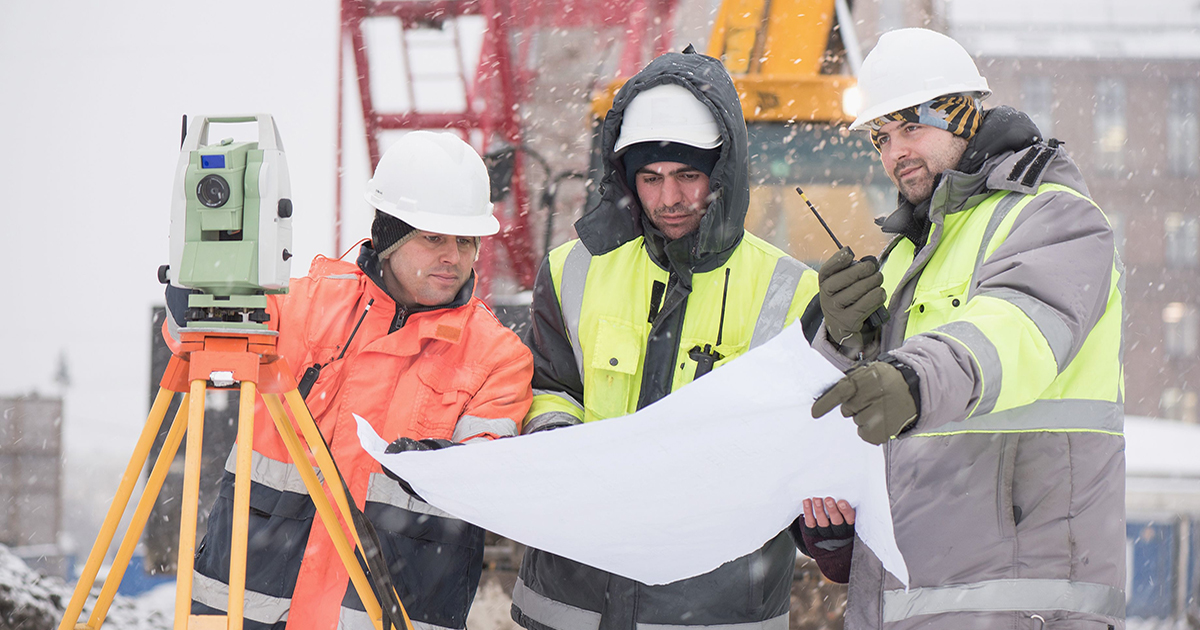
Slips and falls
Surfaces and slopes that appear completely harmless in the autumn and summer months can become extremely treacherous in winter. It’s no surprise that winter weather increases the risk of falls due to ice and wet, slippery surfaces.
When a surface becomes cold, ice can gather on equipment such as scaffolding, ladders, walkways and work platforms. Without treatment or the use of weather-resistant materials (or restriction/awareness of these areas), workers can slip or fall.
Salt or sand to melt icy patches and improve traction for workers should be applied when needed. Also make sure that icy areas that can’t be cleared are clearly 03ked and instruct workers to slow down, especially when carrying materials and tools, to avoid slips. A safety point with whiteboards such as the SafePost from Howler can be used to provide a visual warning to passing workers.
Hard hats should be worn at all times to protect against falling objects like icicles and slips and falls on ice. As for shoes, workers should wear waterproof boots with non-slip soles. When wearing steel-toed boots, ensure workers have thick, warm socks as the metal section can act as a cold sink.
Stay safe and compliant on site
Preventing accidents on construction sites during winter requires a lot of attention and focus. Regular inspections should be carried out and workers should be trained and instructed on how to deal with the new risks.
Additional signage and labelling throughout a construction site can make sure that workers are aware of new risks or reminded of current ones in place such as turning off heaters or remembering to put on a hard hat.
Work on a construction site can’t be carried out in the same way as drier months and realistic expectations should be set of timescales and production. Going too fast in slippery conditions can be more problematic than it’s worth.
Howler’s product range of construction site safety equipment can help improve the way your site functions and make sure you’re prepared to deal with an emergency should it arise.
Don’t leave safety to chance: prepare for the new hazards and risks on your construction site before it’s too late. For more information on site safety equipment, contact Howler today on 0330 7000 777 or email [email protected].
